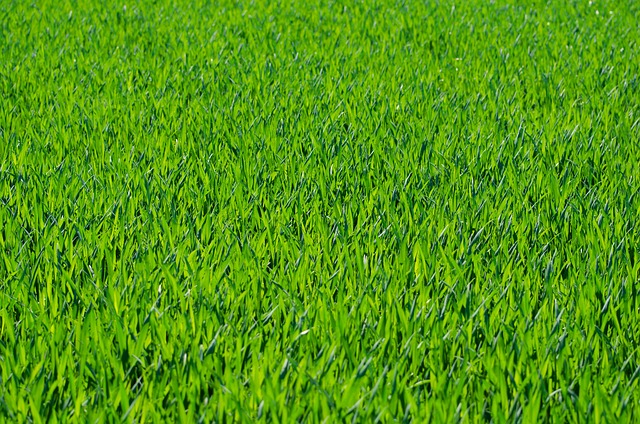Lawn Care and Landscaping TL;DR:
Meticulous planning transforms outdoor spaces into stunning, low-maintenance landscapes. Key initial steps include site analysis (assessing terrain, sunlight, existing vegetation), defining design vision, and choosing native plants for easier care. Efficient irrigation systems tailored to local climate ensure practicality. Balancing aesthetics and functionality creates an integral part of daily life, with well-designed paths and seating areas enhancing the space. A thorough site assessment guides planting choices and ensures a cohesive, harmonious design.
Looking to transform your outdoor space? Landscaping design isn’t just about aesthetics; it’s an art that blends functionality with beauty. This guide dives into the essential elements for creating a thriving lawn and landscape. From initial planning – understanding your goals, assessing site conditions, and designing the perfect layout – to implementation strategies like plant selection and irrigation systems, we cover it all. We also provide long-term maintenance tips to keep your lawn and landscape healthy and vibrant. Master the art of Lawn Care and Landscaping today!
- Planning and Design Considerations for Lawn Care and Landscaping
- – Understanding your landscape goals
- – Assessing the site: terrain, sunlight, and existing vegetation
Planning and Design Considerations for Lawn Care and Landscaping

When it comes to lawn care and landscaping, meticulous planning is key to achieving a stunning outdoor space. The initial design phase involves considering factors like site analysis, where understanding the terrain, sunlight exposure, and existing vegetation is crucial for making informed decisions about planting zones, patio placement, or garden features. This step ensures that the final landscape not only looks aesthetically pleasing but also functions well according to your needs and preferences.
Effective planning for lawn care and landscaping translates into long-term sustainability. It includes deciding on irrigation systems suitable for the region and climate, choosing plants native to the area for easier maintenance, and designing efficient paths and seating areas to enhance usability without overwhelming the space. By balancing aesthetics with practicality, you can create a low-maintenance outdoor oasis that becomes a cherished part of your daily life.
– Understanding your landscape goals

Defining your landscape vision is a crucial first step in any lawn care and landscaping project. Before breaking out the shovels and seeds, take some time to reflect on what you want to achieve. Are you envisioning a lush, green lawn that becomes the envy of the neighborhood? Or perhaps you’re aiming for a more intricate design with distinct flower beds, elegant walkways, and a relaxing water feature? Understanding your goals will shape every decision from plant selection to hardscape placement.
This process involves considering both practical and aesthetic elements. For instance, if privacy is a priority, strategic planting can create natural barriers. Climate and regional conditions also play a vital role in determining suitable plants and designs that will thrive in your specific environment. By clearly articulating your landscape goals, you set the foundation for successful implementation, ensuring your outdoor space becomes a beautiful and functional extension of your home or business.
– Assessing the site: terrain, sunlight, and existing vegetation

When embarking on a lawn care and landscaping project, the initial assessment of your site is paramount. Understanding the terrain is key; whether it’s flat, sloped or uneven, each presents unique opportunities and challenges for design and planting choices. Additionally, sunlight availability plays a vital role in plant selection, as different species thrive under full sun, partial shade, or specific light conditions. Landscapers must carefully consider these factors to ensure the right plants are chosen for the right spots, enhancing the overall aesthetic appeal and longevity of the garden.
Existing vegetation is another critical aspect. It provides a foundation for your design and can be incorporated into the new landscape. From trees and shrubs to grasses and flowers, understanding what’s already present allows for a harmonious blend of old and new. This assessment guides decisions on where to add, remove or retain existing elements, ensuring a cohesive lawn care and landscaping strategy.
Incorporating effective lawn care and landscaping practices is a transformative journey that begins with meticulous planning. By understanding your desired landscape goals and assessing critical factors like terrain, sunlight exposure, and existing vegetation, you lay the groundwork for a vibrant and harmonious outdoor space. These initial steps ensure that your design considerations are well-informed, setting the stage for a successful and sustainable landscaping implementation.
